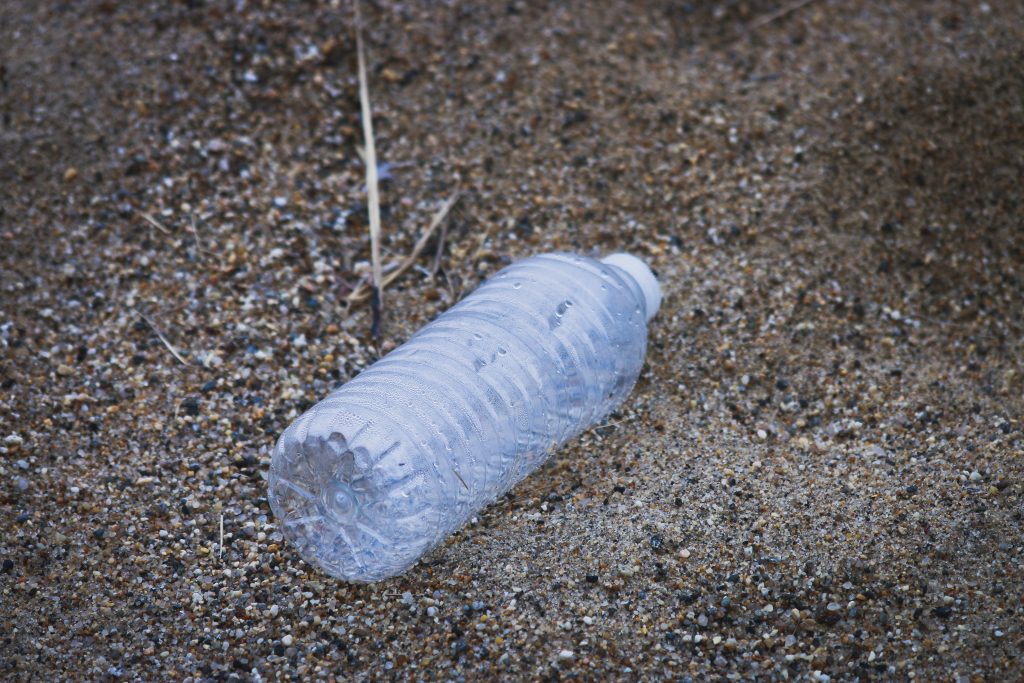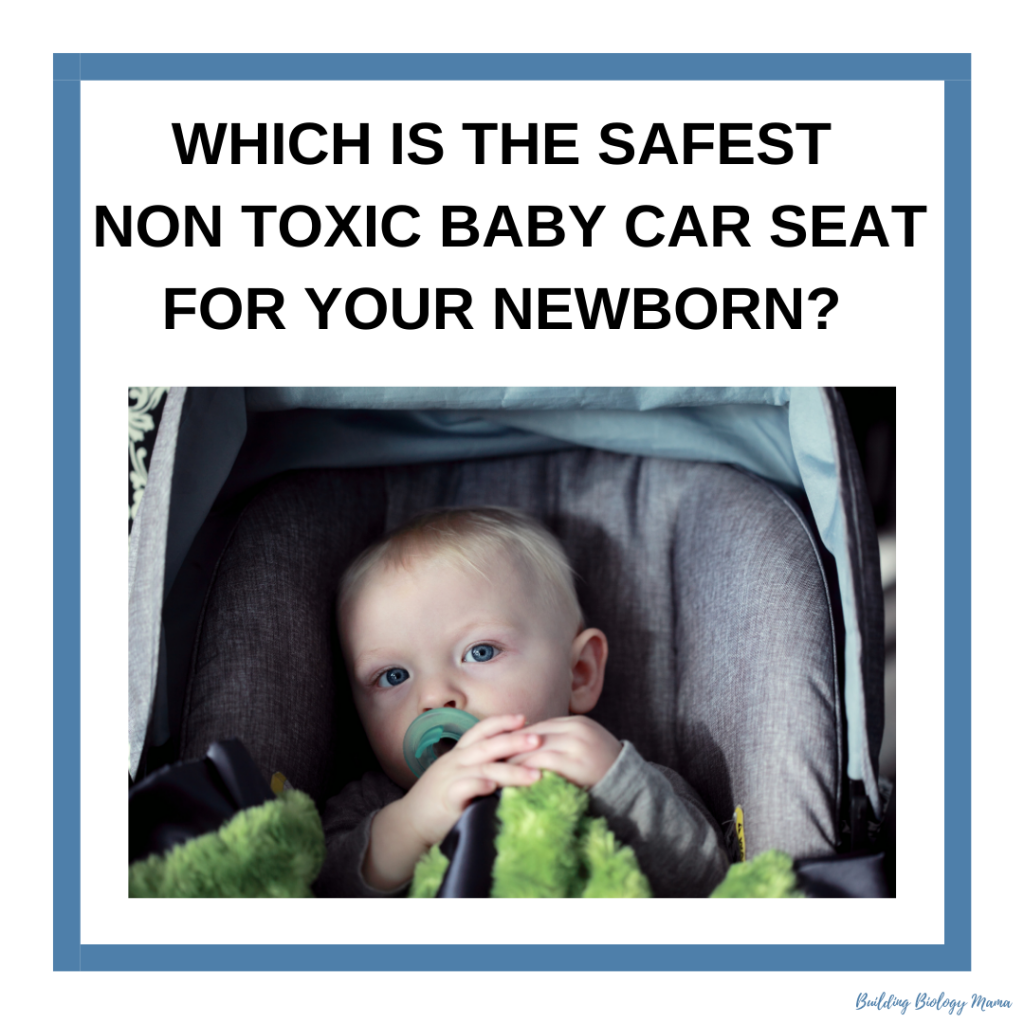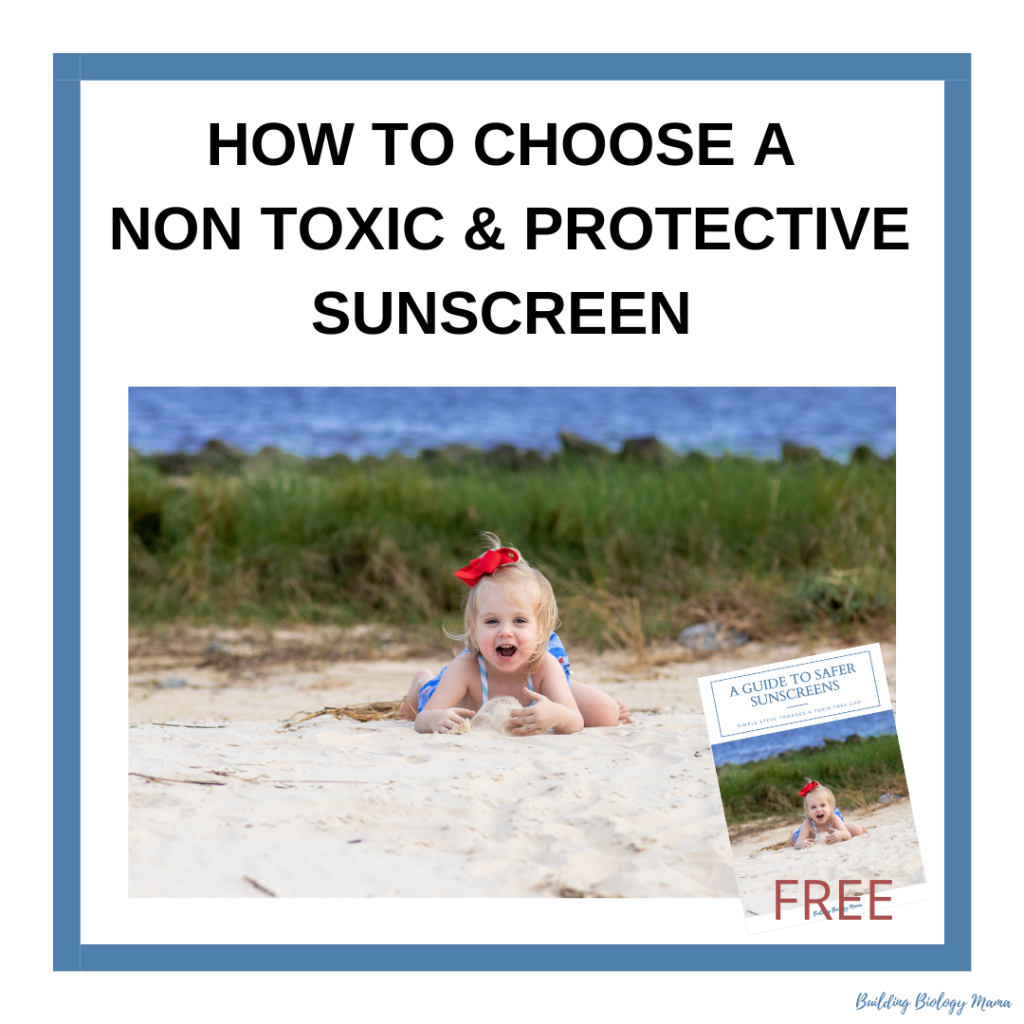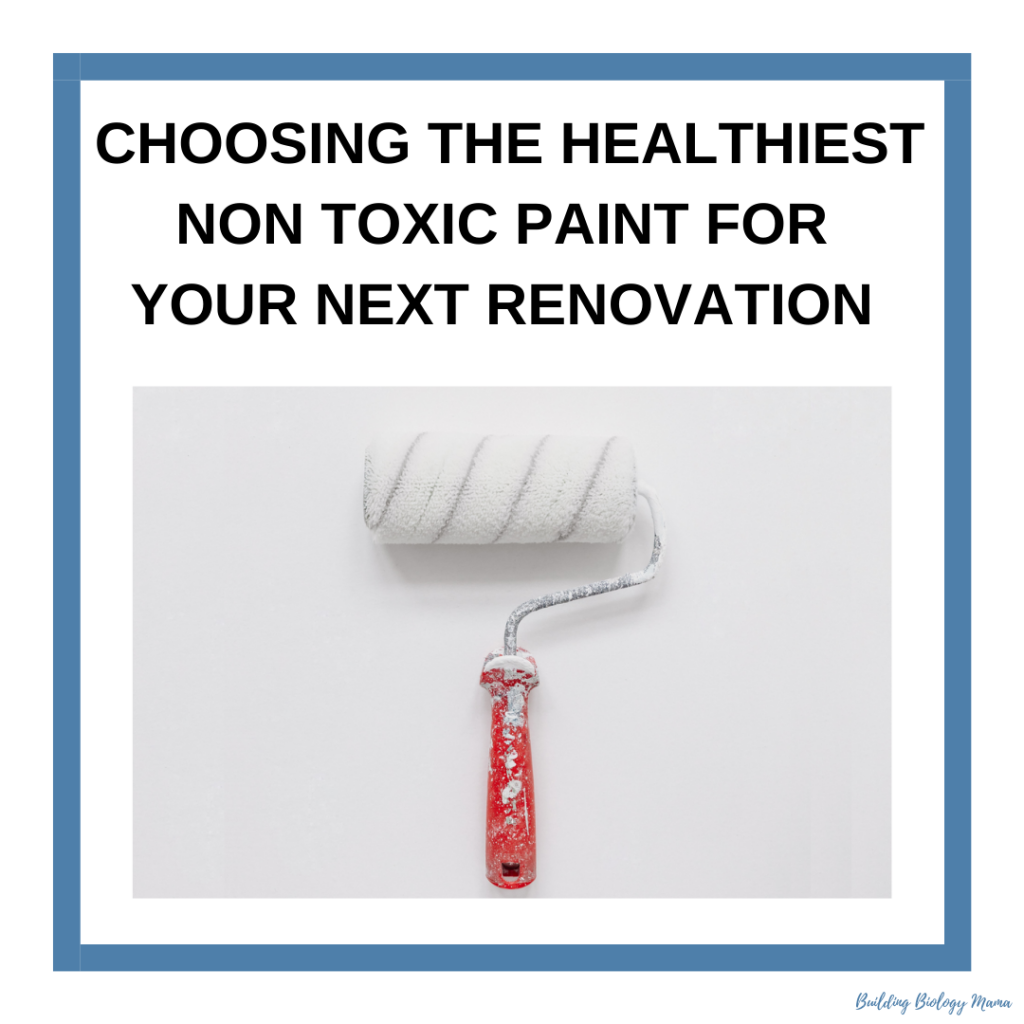Most of us are aware that plastic is an environmental concern (see the above video for a nice little recap of some of the environmental impacts that plastic water bottles have) but some people are still falling prey to the assumption that bottled water is ‘cleaner,’ ‘healthier’ or ‘safer’ than tap water when that just isn’t necessarily the case.
According to a Goldstein Market Intelligence analyst forecast, the Australia bottled water market size is growing at a CAGR of 3.90% through the forecast period (2017-2030). According to IBISWorld industry market research on Bottled Water Manufacturing in Australia, even though the Bottled Water Manufacturing industry revenue is was down over the last 5 years, they agree that the industry is anticipated to grow over the next 5 years. Growing!
In fact the report claims that it is all thanks to the “health awareness revolution in Australia” that there is “huge shift of consumers from soft drinks and juices towards bottled water” and it is millennials between the age group of 25-34 yrs old which it is apparently most popular (Goldstein Market Intelligence, 2020).
Based on geography, the Northern Territory accounted for the highest market share of 63.4% in 2017, apparently this was accountable to the availability of water sources in the region but interestingly NSW consumers are the ones being targeted as the “major prospecting consumers of bottled waters” (Goldstein Market Intelligence, 2020).
“Growing health consciousness among the population coupled with strong economic growth is driving the Australia bottled water market. As consumers continue to worry about water safety and hygiene, the growing economy and population would continue to have a positive impact on packaged drinking water sales in the coming years” (Goldstein Market Intelligence, 2020).
So I thought I would pass on some information I was reminded of coming off the back of Plastic Free July about the safety and hygiene of bottled water.
Microplastics in Water
I was reminded of when researchers from the State University of New York at Fredonia, found an average of 325 microplastic particles per litre of water, when they analysed 259 individual bottles across 11 brands from 9 different countries in 2018 (Mason, Welch & Neratko, 2018)!
Even though that study has not been published in a journal and has not been through scientific peer review, another study in 2018 commissioned by the Story of Stuff, examined 19 consumer bottled water brands in the United States and also found plastic microfibres were a widespread issue.
Yes that means it is highly likely you are drinking microplastics when you drink bottled water. I will let that sink in…
So am I saying tap water is the way to go? Well no, not exactly.
When the same research team from the State University of New York at Fredonia previously studied microplastic in tap water samples from more than a dozen countries, the results were similar with 83% found to be contaminated with plastic.
You could argue that that the scientists wrote they had “found roughly twice as many plastic particles within bottled water” compared with their previous study of tap water but plastic in your water is still not ideal to be ingesting.
Combine that with the fact that tap water contains other problematic contaminates potentially detrimental to human health, I will still be advocating for my clients to filter their water. After all, “buy a filter or be the filter” as we Building Biologists say!
…use a filter or be the filter…
Bottled water is problematic for environmental health and human health period!
Further to this issue, I personally think certain water bottle companies are unethically acquiring water and causing unnecessary negative environmental issues at the source on top of the concerns surrounding plastic manufacturing, plastic waste and water contamination issues. As such, I think we all need to make a conscious and deliberate choice in the company we are supporting when we do get caught out and need to purchase bottled water. After all, every purchase we make is supporting and condoning a companies practices.
Xx Tammy
References
Goldstein Market Intelligence, 2020. Australia Bottled Water Market Size, Share, Trends, Demand, Growth Opportunity , By Product, By Packaging , By Distribution Channel & By Region With COVID-19 Impact | Forecast Period 2017-2030. available https://www.goldsteinresearch.com/report/bottled-water-market-australia
IBISWorld, 2020. Bottled Water Manufacturing in Australia- Market Research Report (online) available: https://www.ibisworld.com/au/industry/bottled-water-manufacturing/1860/ (date accessed Aug 2020)
Mason, S.A., Welch, V.G. and Neratko, J., 2018. Synthetic polymer contamination in bottled water. Frontiers in chemistry, 6, p.407.



